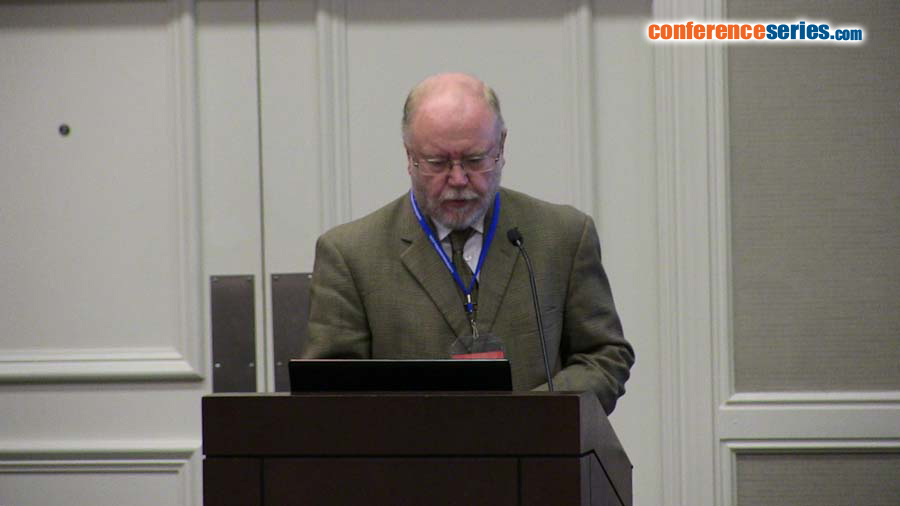
Biography
Biography: Glenn S Tillotson
Abstract
The macrolide class of antibiotics has been in clinical use for over 50 years being the backbone of many empirical therapies in both adults and children. The first of the class was erythromycin which was acid labile and of modest antibacterial activity thus clarithromycin was chemically modified from the parent molecule to yield a more acid stable drug with better activity. Additionally it could be given twice a day. Soon after this improvement azithromycin was developed as a once a day drug with an almost similar bacterial profile. However as these antibiotics was used extensively often as initial therapy in a broad range of respiratory infections across the globe resistance developed by two different mechanisms and thereby reducing activity against Streptococcus pneumoniae quite significantly. Indeed in some parts of Asia resistance rates of 80-90% are reported although in the USA it is currently around half of all strains are resistant to the most frequently prescribed oral drug for community acquired pneumonia. In view of this the first ketolide telithromycin was developed to be active against the resistant pneumococcal isolates. It was used very broadly in respiratory tract infections and was soon noticed to cause several severe adverse reactions including liver failure, visual disturbances, neurological events and other significant reactions. In the intervening decade solithromycin, a fourth generation macrolide and the first fluoroketolide has been developed initially for community acquired bacterial pneumonia based on its superior antibacterial activity especially against azithromycin resistant pneumococci based on a unique mode of action. The clinical dossier is with the FDA for review by end of 2016.




